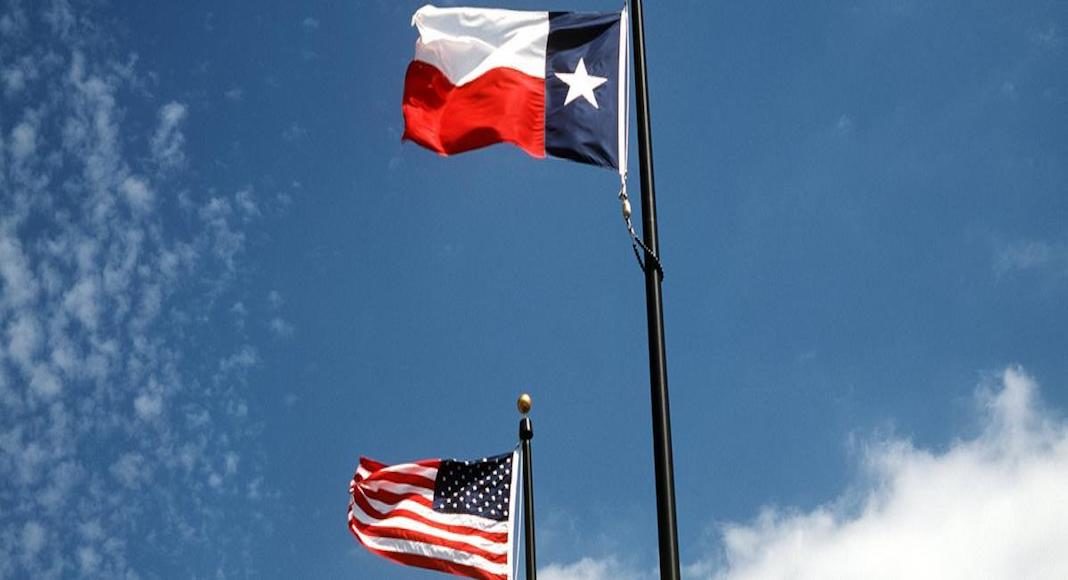
Texan and American flags are often hoisted to the same height. Why ? That's the silly question of the week.
To answer this question, we must go back in history: at the end of the battle of San Jacinto, Texas emerged victorious from the war against the Mexican government of Santa Anna. On April 21, 1836, the state gained its independence and Sam Houston was named first president of this new republic.
This sovereign nation was officially recognized by many countries, including the United States, France, Great Britain, Belgium and Holland. She even had her own navy. Senator William Wharton proposed the Lone Star Flag as the official banner. But soon the new republic was agitated: the financing of the new government proved difficult, the foreign investors were wary of the loans and the residents of Texas showed little interest to pay taxes.
After nine years, a growing number of Texans favored annexation to the United States for the maintenance of independence and voted in favor of it. The US Congress ratified the Texas reunion on December 29, 1845. By becoming the 28th state of the Union, its national flag became the state's flag. "For us Texans, it's a symbol and a matter of pride. We gave up the claim of sovereigntysays James Nelson, Texan and former US Navy. NOTWe are the only ones to have been a Republic, the star on our flag reminds us. That's why the Stars and Stripes always floats to the right, it's legal, the state always stands on the left when they are on two separate poles. "
Given this Texas exception, it would be easy to think that the Lone State State enjoys privileges to hoist its flag. However, it is not the case. The United States Flag Code allows all American states to hoist their flag to the same author as the national flag when they are on two masts. When there is only one mast, however, the Texan flag (and the others) has risen below that of the Nation.





